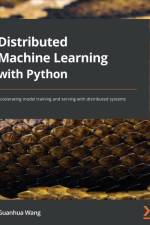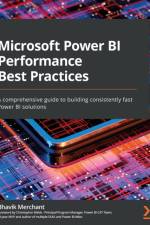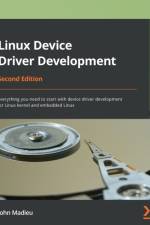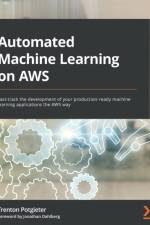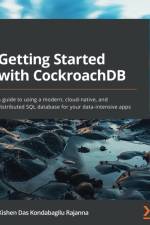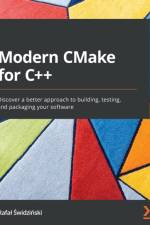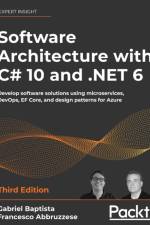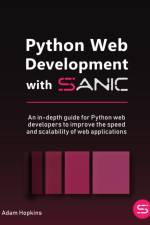von Rafal Swidzinski
65,00 €
Write comprehensive, professional-standard CMake projects and ensure the quality and simplicity of your solutionsPurchase of the print or Kindle book includes a free eBook in the PDF formatKey FeaturesUnderstand and automate compilation and linking with CMakeManage internal and external dependencies easilyAdd quality checks and tests as an inherent step for your buildsBook DescriptionCreating top-notch software is an extremely difficult undertaking. Developers researching the subject have difficulty determining which advice is up to date and which approaches have already been replaced by easier, better practices. At the same time, most online resources offer limited explanation, while also lacking the proper context and structure. This book offers a simpler, more comprehensive, experience as it treats the subject of building C++ solutions holistically. Modern CMake for C++ is an end-to-end guide to the automatization of complex tasks, including building, testing, and packaging. You'll not only learn how to use the CMake language in CMake projects, but also discover what makes them maintainable, elegant, and clean. The book also focuses on the structure of source directories, building targets, and packages. As you progress, you'll learn how to compile and link executables and libraries, how those processes work, and how to optimize builds in CMake for the best results. You'll understand how to use external dependencies in your project - third-party libraries, testing frameworks, program analysis tools, and documentation generators. Finally, you'll get to grips with exporting, installing, and packaging for internal and external purposes. By the end of this book, you'll be able to use CMake confidently on a professional level.What you will learnUnderstand best practices for building C++ codeGain practical knowledge of the CMake language by focusing on the most useful aspectsUse cutting-edge tooling to guarantee code quality with the help of tests and static and dynamic analysisDiscover how to manage, discover, download, and link dependencies with CMakeBuild solutions that can be reused and maintained in the long termUnderstand how to optimize build artifacts and the build process itselfWho this book is forThe book is for build engineers and software developers with knowledge of C/C++ programming who are looking to learn CMake to automate the process of building small and large software solutions. If you are someone who's just getting started with CMake, a long-time GNU Make user, or simply looking to brush up on the latest best practices, this book is for you.Table of ContentsFirst Steps with CMakeThe CMake LanguageSetting Up Your First CMake ProjectWorking with TargetsCompiling C++ Sources with CMakeLinking with CMakeManaging Dependencies with CMakeTesting FrameworksProgram Analysis ToolsGenerating DocumentationInstalling and PackagingCreating Your Professional ProjectAppendix Miscellaneous Commands









